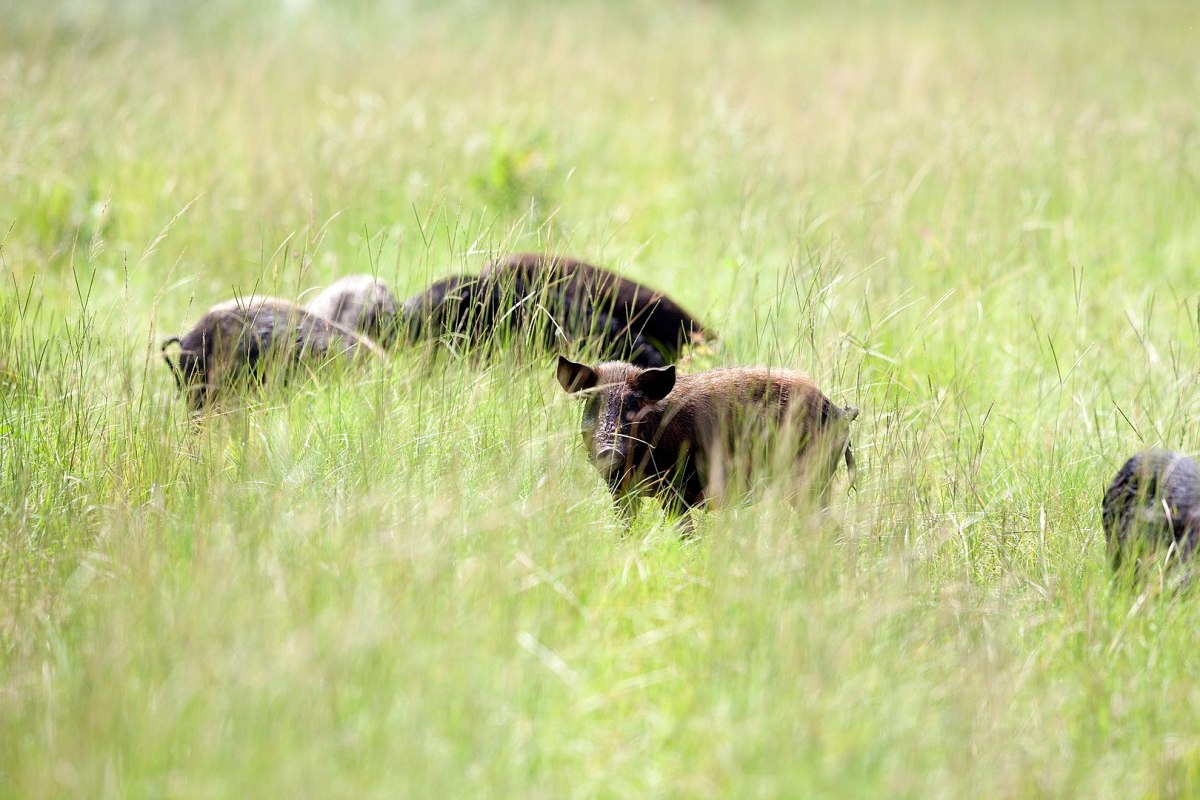When you think of carbon emissions, what’s the first thing that comes to mind? It might be air travel or gasoline-powered cars stuck in traffic on the interstate, and those would both be solid (and accurate) guesses. But there’s another significant player when it comes to carbon emissions globally and they have four legs, hooves and a snout. According to a new study, feral hogs release a substantial amount of carbon dioxide into the planet’s atmosphere each year — 5.4 million tons, or approximately the same amount as 1.1 million cars.
This information comes from a study that was recently published in the journal Global Change Biology. The authors studied the extent to which feral hogs dig up soil each year, according to Alex Fox of Smithsonian Magazine. The paper’s abstract describes the scientists’ methods of “using models of wild pig population density, soil damage, and their effect on soil carbon emissions.”
As the Smithsonian Magazine article points out, carbon emissions aren’t the only alarming behavior associated with feral hogs — nor is it the only one that takes a toll on the environment. They also damage the landscape in the United States to the tune of around $1.5 billion.
Fox’s article offers a more in-depth look at the methodologies used by the study’s authors, which involved running thousands of simulations to accurately arrive at a final figure. Though it’s also worth noting that, as jaw-dropping as the amount of carbon dioxide released by the hogs might be, it’s also equal to “0.4% of annual emissions from land use, land-use change, and forestry,” according to the study. The feral hogs might be doing some damage to the environment, but they’re far from the only offender there.
Thanks for reading InsideHook. Sign up for our daily newsletter and be in the know.















